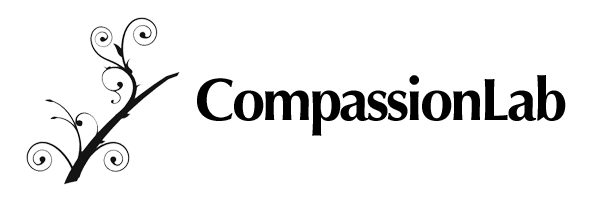
Book Chapters
CompassionLab members have contributed the following book chapters in scholarly books and collections:
Lilius, J. M., Kanov, J., Dutton, J. E., Worline, M. C., & Maitlis, S. (2012). Compassion Revealed: What We Know About Compassion at Work (and Where We Need to Know More). In K. Cameron & G. Spreitzer (Eds.), The Handbook of Positive Organizational Scholarship. New York: Oxford University Press.
Maitlis, S. (2012). Posttraumatic Growth: A Missed Opportunity for Positive Organizational Scholarship. In K. Cameron & G. Spreitzer (Eds.), The Handbook of Positive Organizational Scholarship. New York: Oxford University Press.
Maitlis, S. (2009). Who Am I Now? Sensemaking and Identity in Posttraumatic Growth. In L. Morgan Roberts & J.E. Dutton (Eds.), Exploring Positive Identities and Organizations: Building a Theoretical and Research Foundation. New York, NY: Psychology Press.
Dutton, J. E., Lilius, J. M., & Kanov, J. M. (2007). The Transformative Potential of Compassion at Work. In D. Cooperrider, R. Fry and S. Piderit, (Eds.), New Designs for Transformative Cooperation, pp. 107-126. Palo Alto, CA: Stanford University Press.
Frost, P. J., Dutton, J. E., Maitlis, S., Lilius, J.M., Kanov, J.M., & Worline, M. C. (2006). Seeing Organizations Differently: Three Lenses on Compassion. In C. Hardy, S. Clegg, T. Lawrence & W. Nord (Eds.), Handbook of Organization Studies, 2nd Edition, pp. 843-866. London: Sage Publications.
Worline, M. C., & Boik, S. (2006). Leadership Lessons from Sarah: Values Based Leadership as Everyday Practice. In K. Cameron & E. Hess (Eds.), Leading with Values: Positivity, Virtue, and High Performance, pp. 108-131. Cambridge: Cambridge University Press.
Frost, P., Dutton, J., Worline M., & Wilson, A. (2000). Narratives of Compassion in Organizations. In S. Fineman (Ed.), Emotions in Organizations, pp. 25-45. London: Sage Publications.